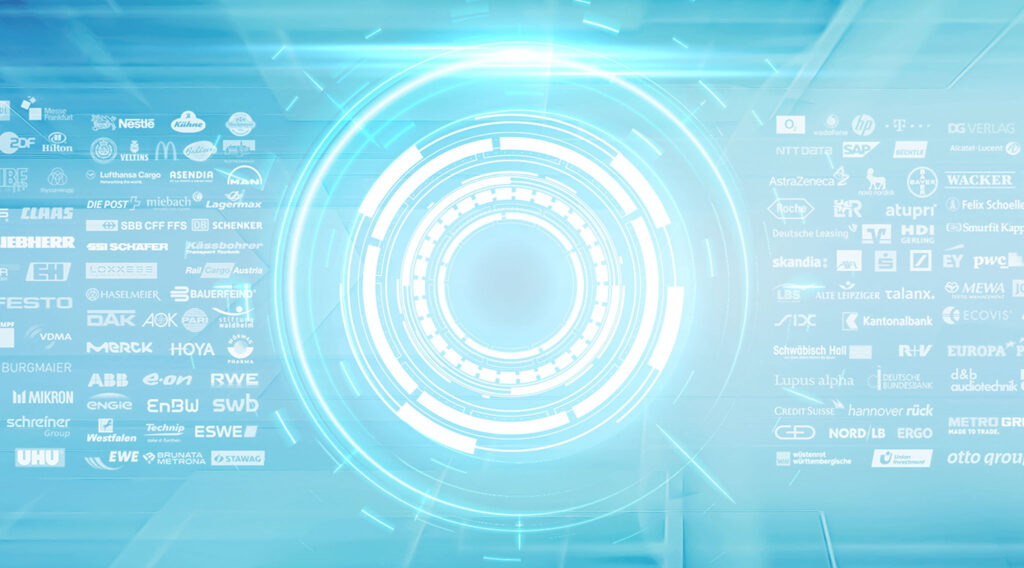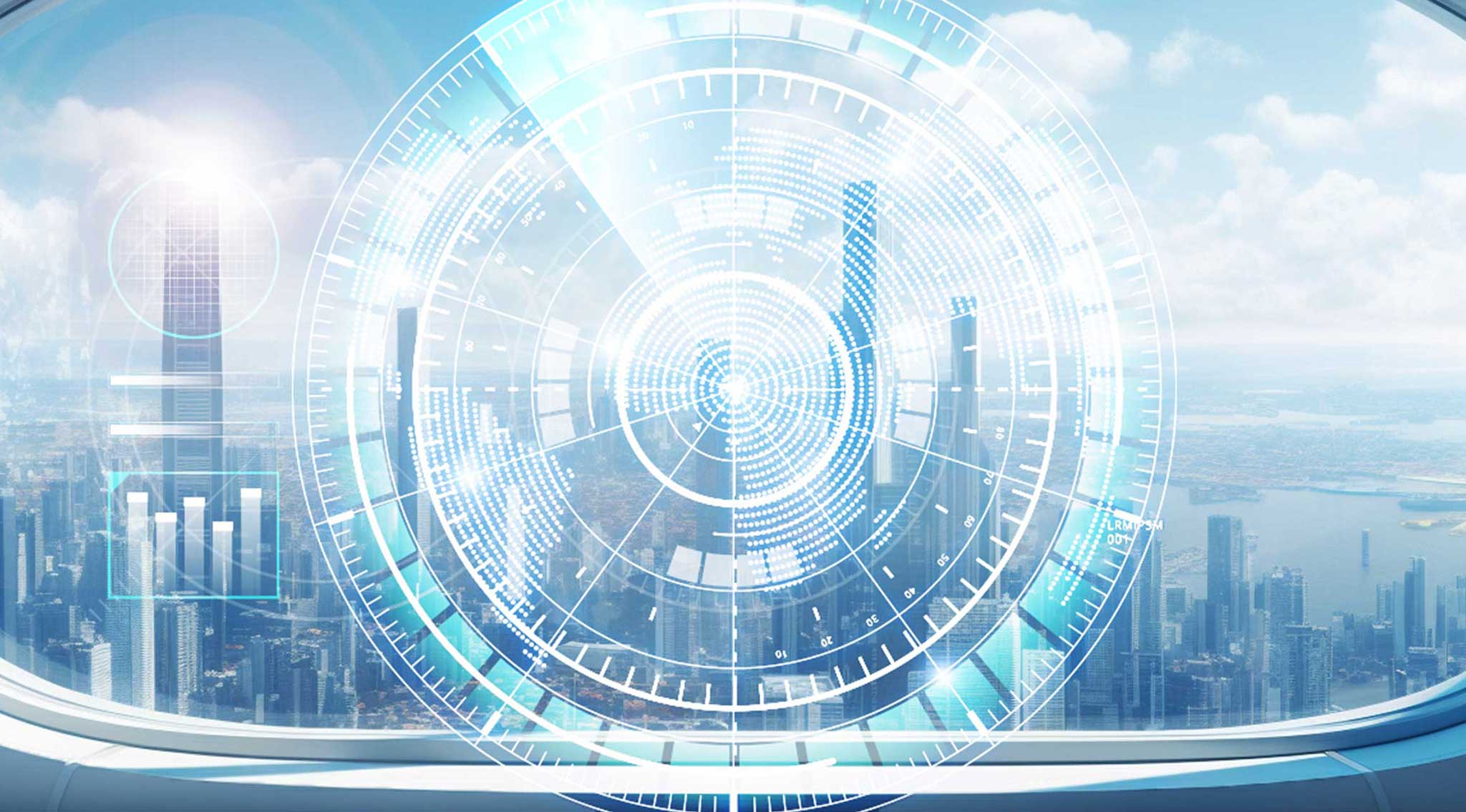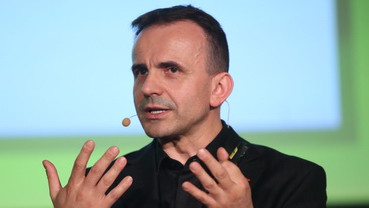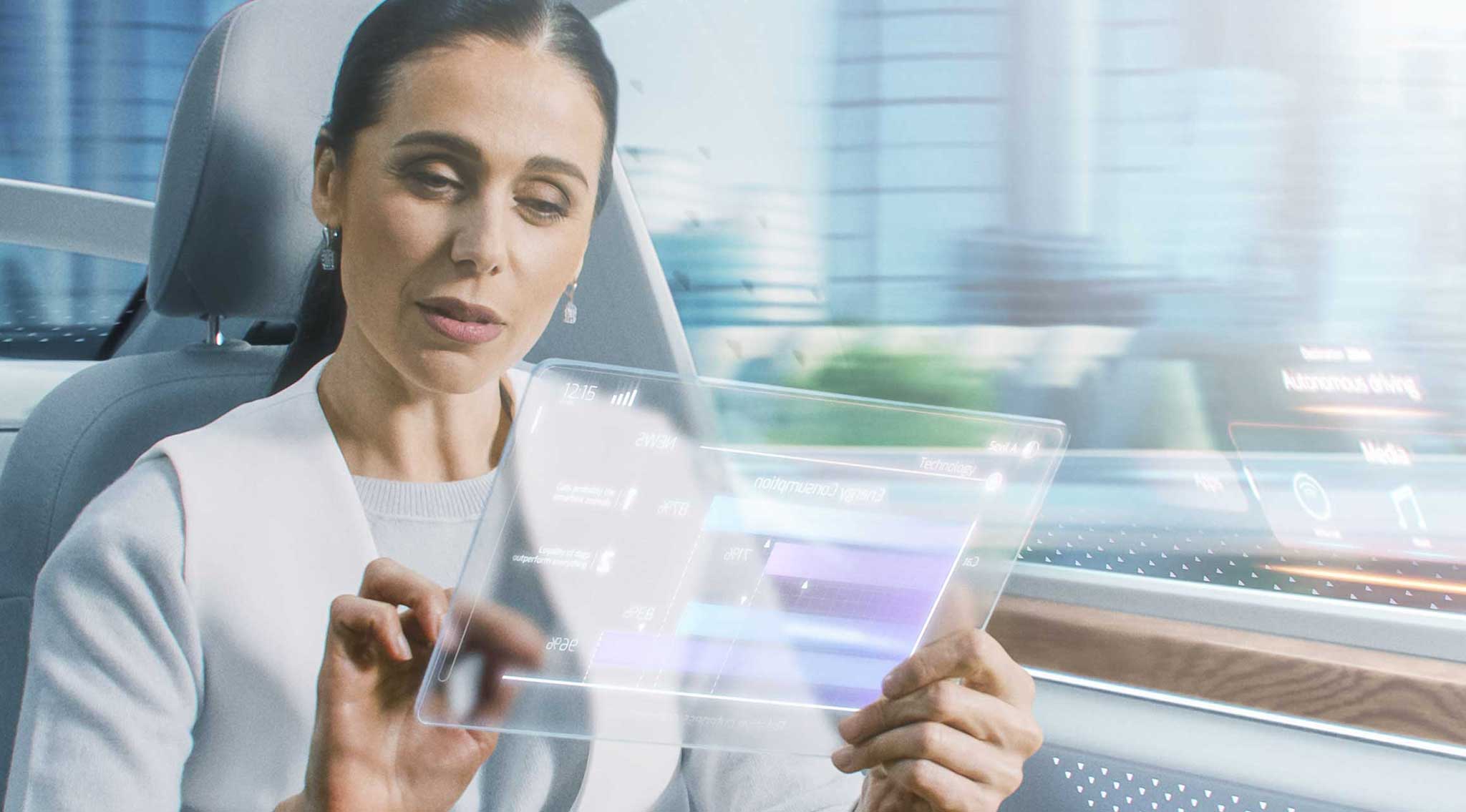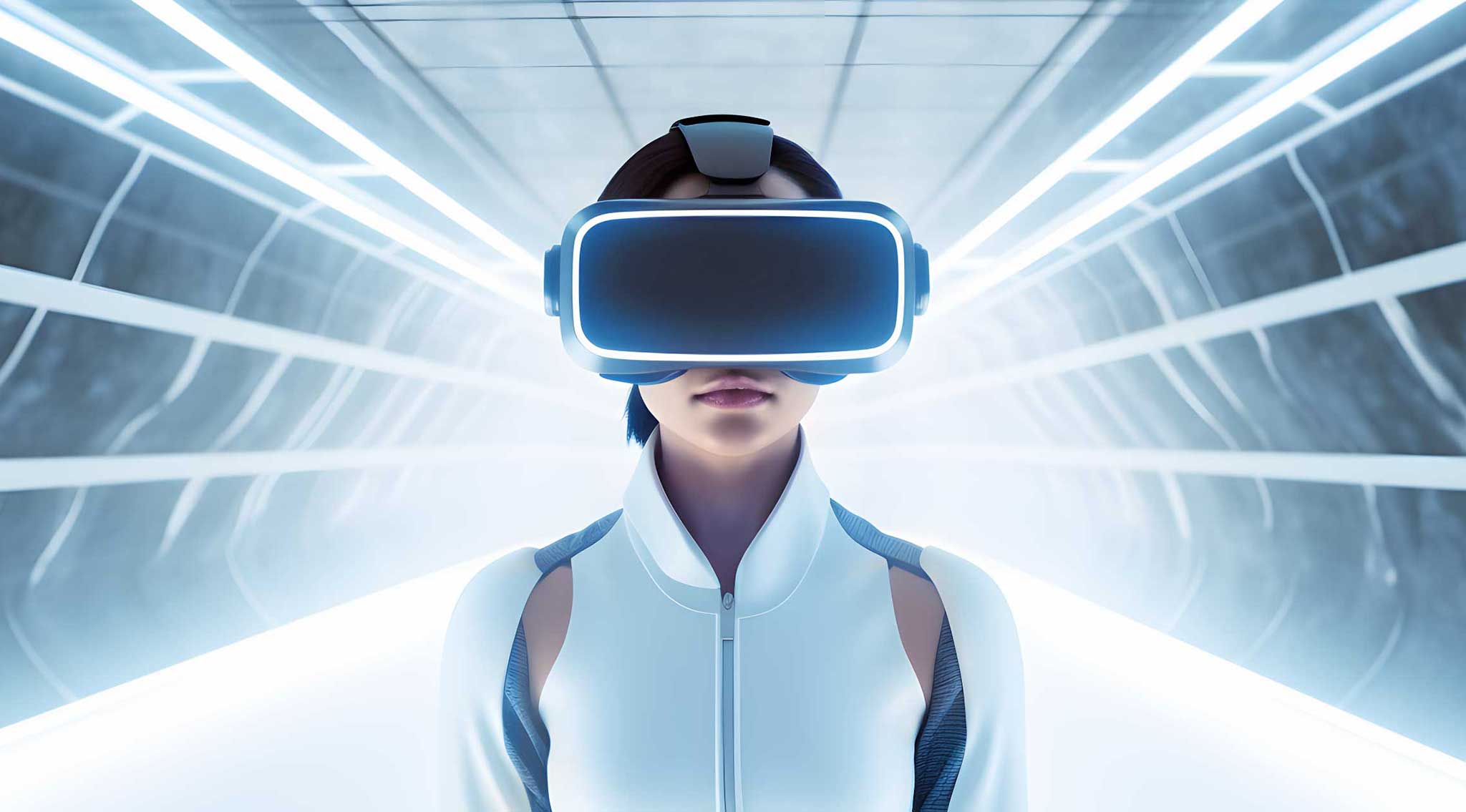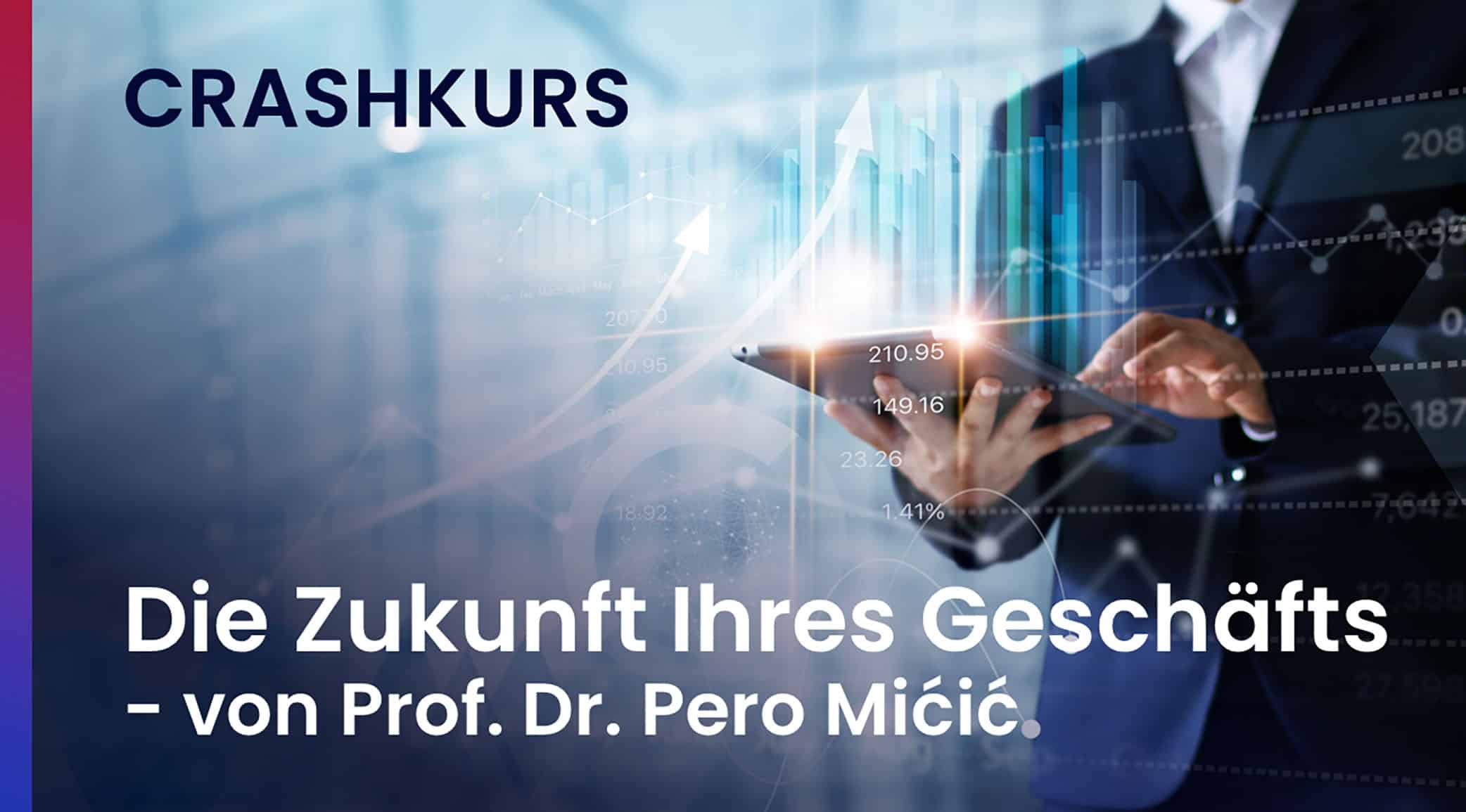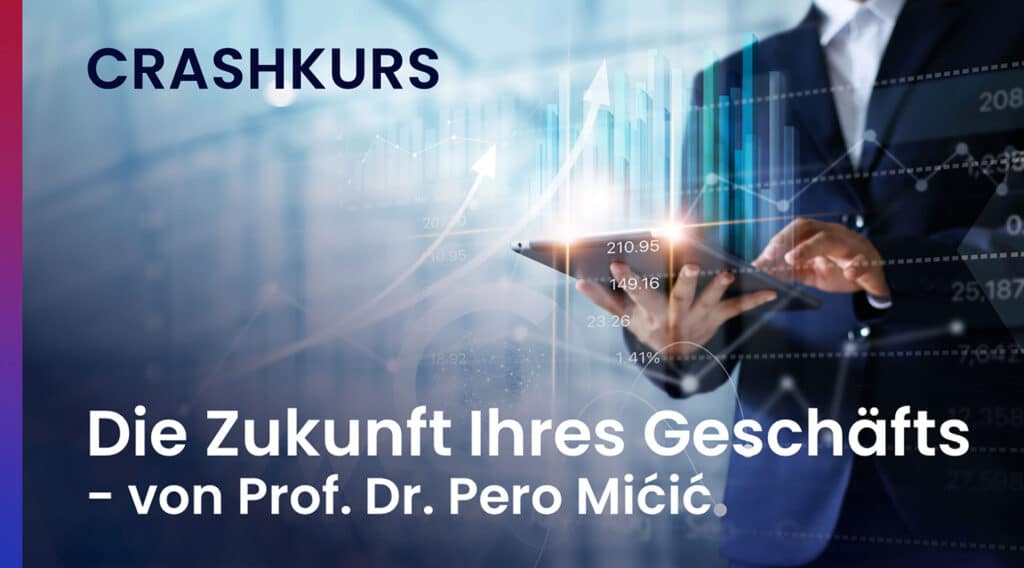Fuád Abuschuscha
Technologies that we all have around us are devices that we wear permanently. These devices will become more and more powerful in the future. The medical applications today are mostly nothing more than gimmicks. You can measure your pulse or something similar, but there is always the question of relevance.
This question can be answered: Yes, there is relevance, and it exists on various levels.
On the one hand, there is a new path, namely the evaluation of data, in addition to the classical diagnostics and self- and external history taking. When you go to a doctor’s office or clinic, they have the opportunity to take a broader view based on the data you’ve collected to understand you even better. Again, it takes learning how to quickly understand this data and what the implications are. Every player in the medical technology market has the opportunity to use this data. This applies to medical technicians in all segments and areas.
On the other hand, it is to be expected that diagnostics can and will increasingly be shifted to the patient. We are not talking about specific diagnostics, but rather about monitoring a person’s entire life. The data is collected incidentally, without any specific reason.
A nice example of this is Siren. The San Francisco-based company has developed a sock equipped with sensors to detect circulatory problems. Siren’s mission is: “We are on a mission to help reduce the risk of diabetic foot ulcers through early detection of potential injuries.”
The idea is to detect diabetes-related lower extremity disorders with continuous monitoring rather than waiting for individual diagnostic tests. This works without much know-how: all you have to do is put on the socks, which then use the sensors to determine whether the blood flow is at risk. For example, if a diabetic no longer has satisfactory circulation, the socks warn him. He can then go to the doctor for differential diagnosis.
This example shows very well that the path away from diagnoses at individual points will lead to continuous monitoring. Thus, there will be significantly more options. In particular, information and data that we already have today without relating them to diseases could thus be taken into account more easily.
Of course, the whole thing can also bring dangers. The question is always who can see this data, who has access and who has sovereignty over the collected data. In addition, medical technology companies must be prepared for players from completely different markets, e.g., the automotive industry or consumer electronics, to offer similar, perhaps even better solutions than those who have been in this business for a long time.
Follow these links as well:
► The Future Strategy Program for SMEs
► Free video crash course THE FUTURE OF YOUR BUSINESS
► BUSINESS WARGAMING for robust business and future opportunities
► KEYNOTES by Pero Mićić for your employees and customers
Have a bright future!




